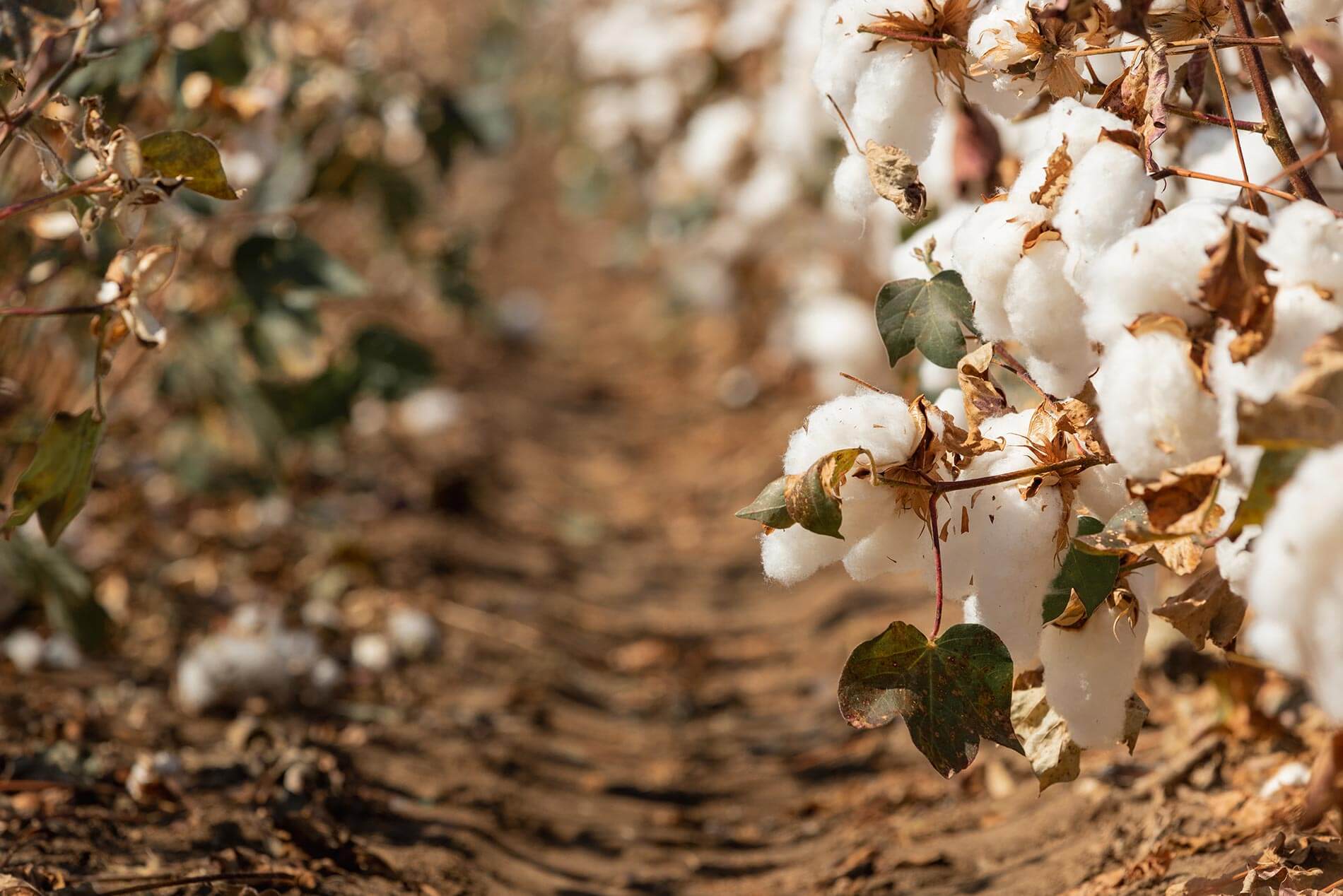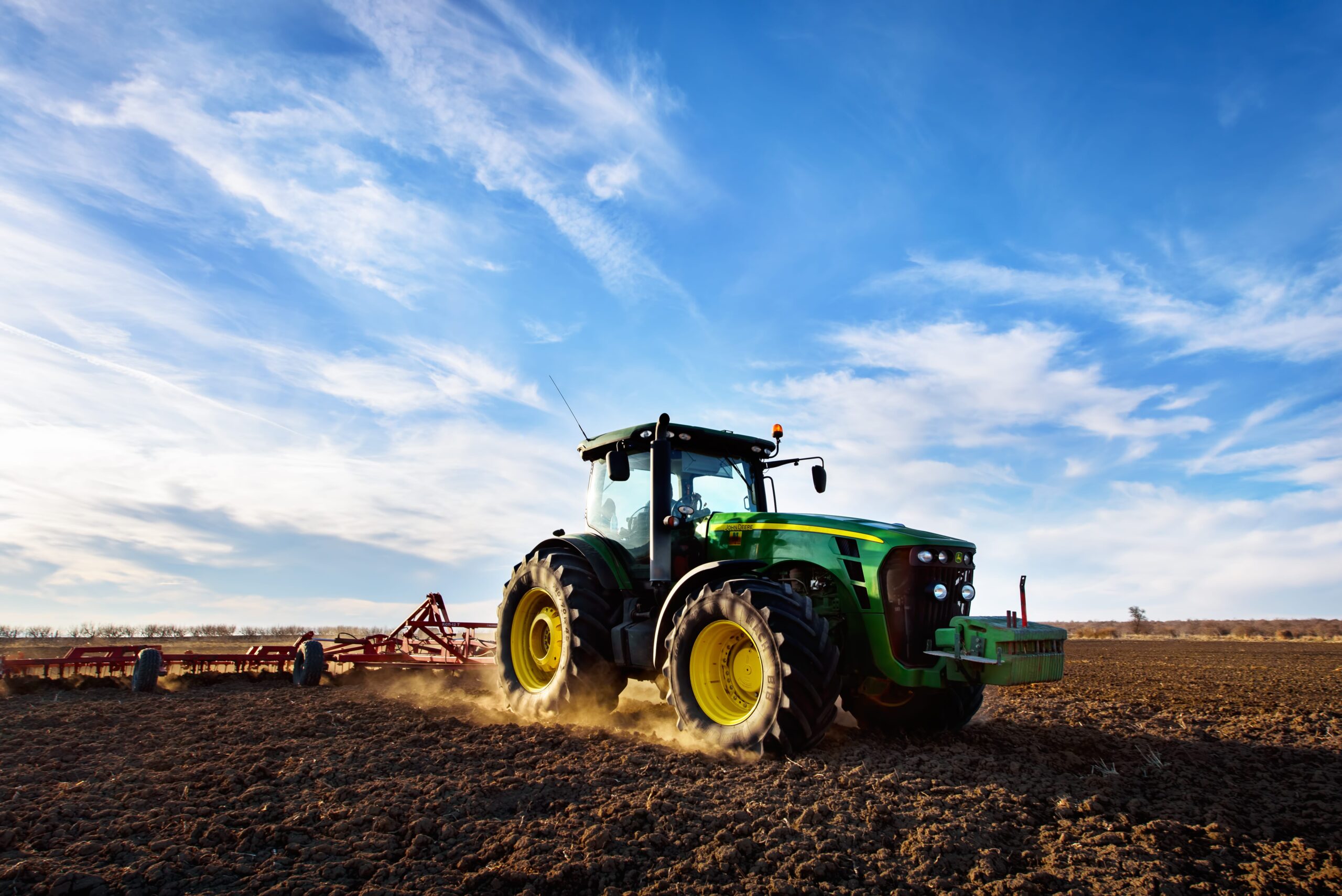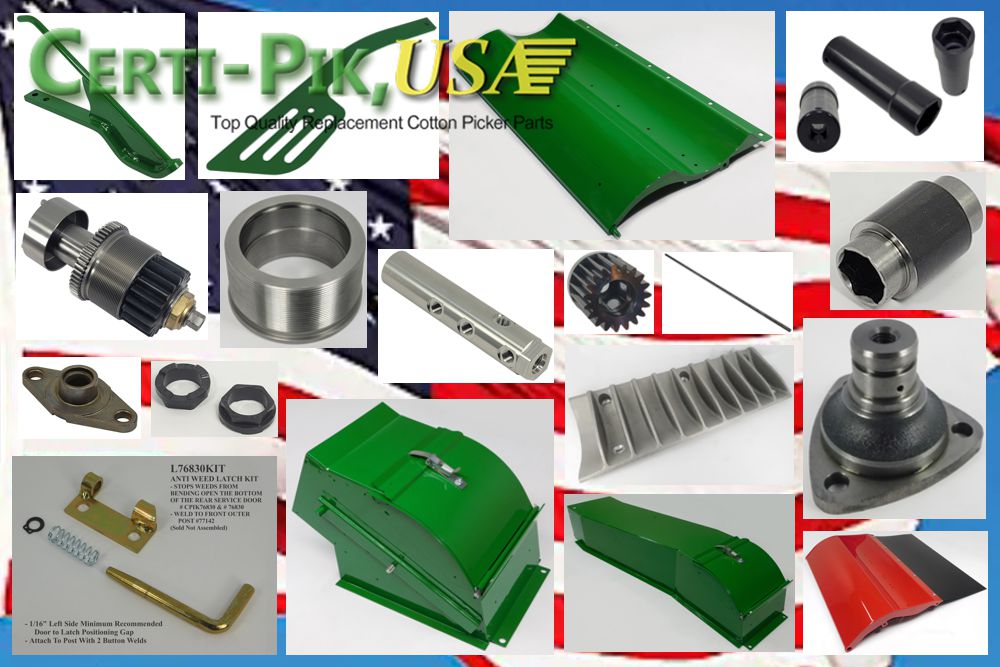Cotton harvesting is an integral step in the cotton production process, and modern cotton harvesters have revolutionized the industry. These machines are complex, with many essential parts working in harmony to efficiently pick, clean, and store cotton. For any farmer or operator looking to maintain peak performance and longevity of their cotton harvester, understanding the
READ MOREAuthor: Aaron Kreykes
Top 5 Commonly Replaced Cotton Harvester Parts
Cotton harvesting is a complex process involving a variety of specialized equipment. A cotton harvester is a crucial machine in the agricultural sector and is built to withstand tough conditions. However, even the most robust equipment requires occasional maintenance and part replacement to ensure high performance and efficiency. Recognizing which components are prone to wear
READ MOREWhere Can I Find a Comprehensive List of Part Numbers for My Specific Model of Cotton Harvester?
When it comes to maintaining or repairing a cotton picker machine, knowing the specific part numbers is crucial. This is because each part is meticulously designed to fit and function within the comprehensive system that is your cotton harvester. A mismatch in parts can cause operational inefficiencies, mechanical failures, or even damage to your expensive
READ MORECan I Retrofit My Older Cotton Harvester with Newer Model Parts for Better Performance?
Can I Retrofit My Older Cotton Harvester with Newer Model Parts for Better Performance? Cotton harvesters are a crucial investment for any agricultural operation focusing on cotton production. These machines are often the backbone of a farm’s productivity during the harvesting season. Over time, however, even the best machines can show signs of wear
READ MOREAre There Any Specific Safety Precautions I Should Take When Replacing Cotton Harvester Parts?
Maintaining and replacing parts on a cotton harvester is an essential aspect of ensuring optimal performance and longevity of the machine. However, if done incorrectly, this process can be dangerous and costly. Whether you’re dealing with John Deere cotton picker parts or other brands, understanding the specific safety precautions is crucial. Understanding the Importance of
READ MORE




